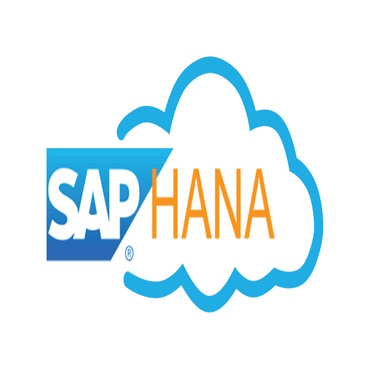SAP HANA

SAP HANA (High-Performance Analytic Appliance) is an in-memory data platform that provides real-time analytics, data processing, and application development capabilities. It is designed to work with massive amounts of data, both structured and unstructured, and enables organizations to extract insights and make data-driven decisions quickly. Join GB training & placement centre to get best SAP HANA Training in Chandigarh.
Course content
Chapter 1. Introduction
- Evolution oh HANA
- Introduction to SAP HANA
- Introduction to SAP In-Memory Strategy and Technology
- HANA compare to BWA
- SAP HANA Landscape
- SAP In-Memory Computing Product Strategy and Roadmap
Chapter 2. SAP HANA In-Memory Sizing Look & Feel
- In-Memory Computing Studio
- Administration view
- Navigator View
- System Monitor
- Information Modeler
Chapter 3. Architecture
- Architecture Overview
- IMCE and Surroundings
- Row Store
- Column Store
- Loading data into HANA
- Data Modeling concepts
- Reporting
- Persistent Layer
- Backup & Recovery
Chapter 4. Data Provisioning & Replication
- Replication Server
- Replication Process
- Replication Architecture
- Data Services
- SAP BODS and HANA
- Basic Data service Connection types
- Data services 4.0
- Full Extractor through ODP
- Configure Import server
- Create and execute a Data Service Job to Populate HANA
Chapter 5. Modeling
- Introduction to Information Modeler
- Levels of Modeling
- Attribute Views
- Analytic Views
- Calculation Views
- Export & Import
- Trigger-based replication with SAP Landscape
- Approaching SAP HANA
- Modeling Connecting tables
- Advanced Modeling features
- Hierarchies
- Restricted & Calculated Measures
- Filter Operations and Variables
- Currency conversion
- Introduction to SQL script and Script based Processing Information Models
- Managing Modeling Content
- SAP HANA User Management and Privileges
Chapter 6. Reporting
- HANA, Reporting Layer and Connectivity option
- Business Objects BI 4.0
- Business Objects BI 4.0 Explorer
- Business Objects BI 4.0 Enterprise
- Crystal Reports via ODBC/JDBC Connections
- Others, MS Excel
Chapter 7. User Management
- Creation of Users
- Creation of Roles
- Creation of Role Hierarchy
- Assignment of Users to Roles
- Authentication
- IMCE Authorizations
Do you need any help?
Just fill the following form to send a message to us and we will get back to you soon.
